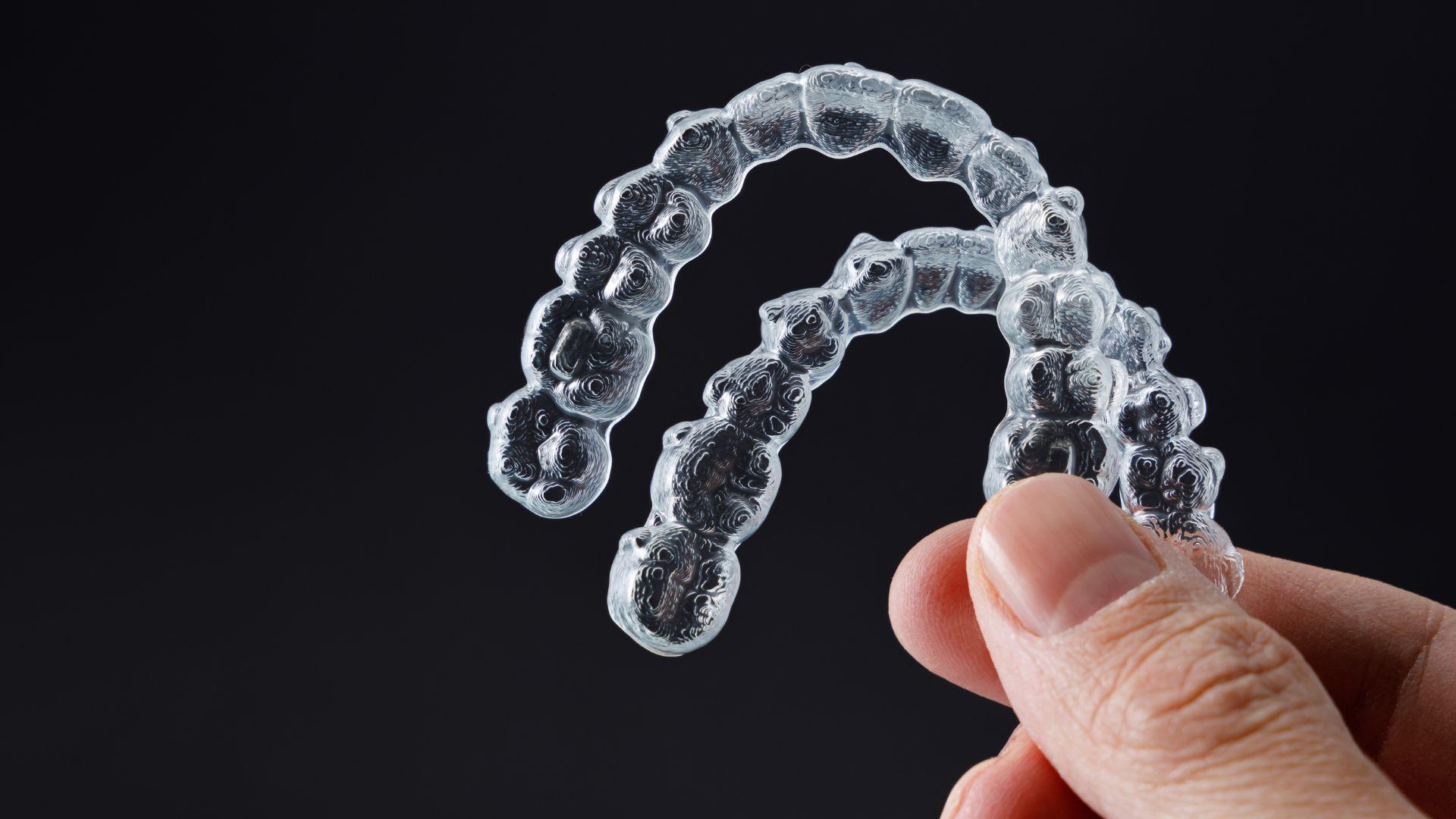Invisalign Treatment in Geneva: A Step-by-Step Guide

Invisalign has carved a niche as the go-to orthodontic solution for people who value subtlety. With its cosmopolitan flair and high regard for aesthetics, Geneva has embraced Invisalign with open arms. A rising demand for discretion, comfort, and accuracy in dental treatment is more than a fad.
The Rise of Discreet Orthodontics
Brackets and wires are no longer the only path to a straighter smile. Invisalign ushered in a quiet revolution, clear aligners that work effectively without drawing attention. In a city known for diplomacy and discretion, it's no surprise this method has gained such traction.
Why Geneva Residents Prefer Invisalign
Geneva's international population often demands flexible, inconspicuous treatments. Invisalign aligners meet that need, letting professionals, students, and travelers correct their smiles without broadcasting it. Coupled with short treatment times and tech-savvy clinics, the appeal is undeniable.
The Initial Consultation
A successful Invisalign journey begins with a conversation. This first visit is where curiosity meets clinical insight.
What Happens During Your First Visit
Beyond first impressions, an orthodontist will assess the function of your bite, gums, and teeth. It's less about sales and more about suitability. Photographs and scans may be taken, and you'll have a chance to voice your goals and concerns.
Evaluating Your Candidacy for Invisalign
Invisalign works well for most people, but not all of them. Severe misalignments or skeletal issues require alternative approaches. The orthodontist assesses spacing, crowding, and bite alignment to determine if clear aligners can deliver the desired results.
Digital Scanning and Smile Simulation
Forget the gooey molds of yesteryear. Geneva's modern dental clinics use digital scanning for better comfort and accuracy.
The iTero Scanner: Precision Without the Mess
This compact device scans your teeth in minutes, creating a 3D map that becomes the foundation for your aligner set. It's precise, fast, and far less invasive than traditional impressions.
Previewing Your Future Smile
One of the more exciting parts? The simulation. You get a virtual preview of how your teeth will move over time, offering reassurance and motivation.
Custom Aligner Fabrication
Once your treatment plan is confirmed, your digital scans are sent to the creators.
Crafting Aligners Unique to Your Teeth
Each aligner is slightly different from the last, guiding your teeth step by step toward alignment. The manufacturing process is meticulous, ensuring each piece fits snugly and applies pressure just where needed.
Materials That Blend Comfort and Durability
Invisalign's patented SmartTrack material offers a blend of flexibility and firmness. It's clear, nearly invisible, yet durable enough to withstand everyday wear.
Receiving Your First Aligners
Now the fundamental transformation begins. This is where commitment meets convenience.
How to Wear and Care for Your Aligners
You'll be instructed to wear your aligners for most of the day, removing them only to eat or clean your teeth. Proper care involves gentle brushing and avoiding extreme heat that can warp the plastic.
Adjusting to Life with Invisalign
There's a short adaptation period. You might speak with a slight lisp or feel mild pressure. That's the aligners doing their job. Most patients adjust quickly and return to routine life with minimal disruption.
Regular Check-Ups and Progress Tracking
Aligners aren't a "set it and forget it" solution. Monitoring is essential.
Why Follow-Up Appointments Matter
These visits allow your orthodontist to assess progress, refine your plan, and issue the next set of aligners. Skipping check-ups can delay your results or reduce effectiveness.
Minor Refinements for Major Results
Sometimes, minor tweaks are necessary. Refinement aligners may be introduced toward the end to perfect your bite or close lingering gaps.
Completion and Retention Phase
Straight teeth are a long-term reward, but they need guarding.
What Happens After the Last Aligner
You'll undergo a final assessment, including new scans or impressions. Once confirmed, you're ready for custom-made retainers that maintain alignment.
The Importance of Retainers
Teeth have a memory. Without retention, they may drift back to their original positions. Wearing retainers as advised ensures your Invisalign investment lasts.
Common Challenges and How to Overcome Them
Every journey has bumps. Invisalign is no different, but most hurdles are easy to clear.
Soreness, Speech Changes, and Compliance
Mild soreness is common during the first few days of each new aligner; over-the-counter pain relief and sticking to the schedule help. Speech may be affected briefly but typically normalizes within a week.
Travel and Invisalign: Staying on Track
Bring extra aligners and a storage case if you jet off for business or a family vacation. Most Geneva orthodontists offer virtual consultations to keep you on course.
The Role of Lifestyle in Invisalign Success
Your choices outside the clinic shape your results just as much as your aligners.
Diet, Hygiene, and Discipline
Frequent snacking, sugary drinks, and poor hygiene can hinder progress. Adhering to a disciplined routine makes all the difference.
Smoking, Coffee, and Other Habits to Watch
Staining agents like tobacco and coffee can discolor aligners. Removing them before indulging, followed by a rinse or brush, helps keep things clear.
How Invisalign in Geneva Stands Out
In Geneva, Invisalign is more than just a dental treatment—it's an elevated experience.
Expertise, Technology, and Patient-Centered Care
Clinics across the city combine global standards with Swiss precision. From multilingual teams to cutting-edge diagnostics, care is holistic and efficient.
Multilingual Practices and International Comfort
With patients worldwide, Geneva clinics often operate in multiple languages, creating an inclusive and reassuring environment.
FAQs
1. Is Invisalign treatment painful?
Most patients feel slight pressure or discomfort when switching to a new aligner, but it's typically mild and temporary.
2. How long do I need to wear my aligners each day?
The recommended time to wear aligners daily is 20 to 22 hours.
3. Can I eat while wearing Invisalign?
No. Aligners must be removed before eating or drinking anything other than water.
4. How often do I need to visit the clinic during treatment?
It is common practice to arrange check-ups every 6 to 8 weeks to track treatment progress and make any necessary adjustments.
5. Will Invisalign affect my speech?
Initially, you may notice a slight lisp, but most patients adapt within a few days.
- Art
- Causes
- Crafts
- Dance
- Drinks
- Film
- Fitness
- Food
- Παιχνίδια
- Gardening
- Health
- Κεντρική Σελίδα
- Literature
- Music
- Networking
- άλλο
- Party
- Religion
- Shopping
- Sports
- Theater
- Wellness



